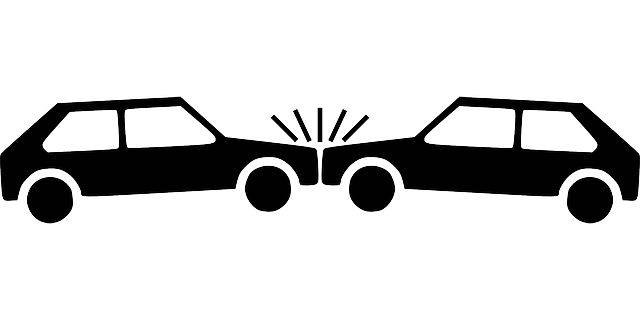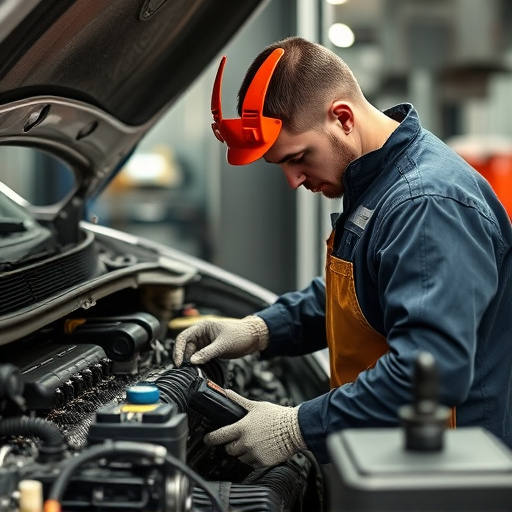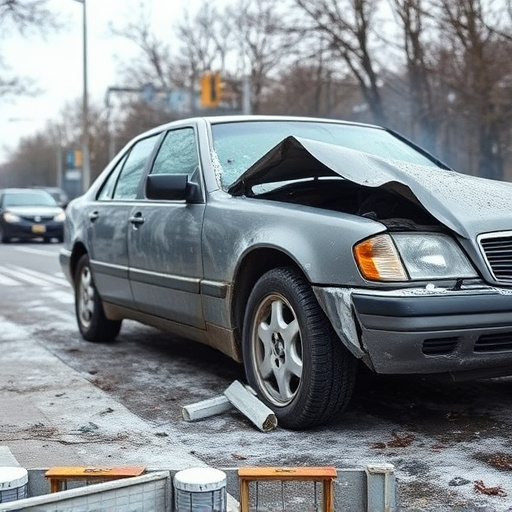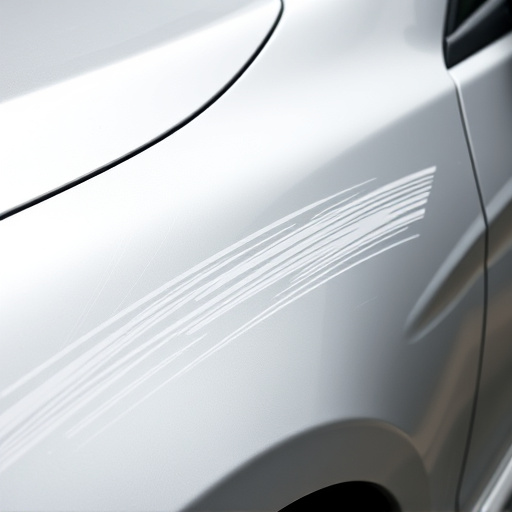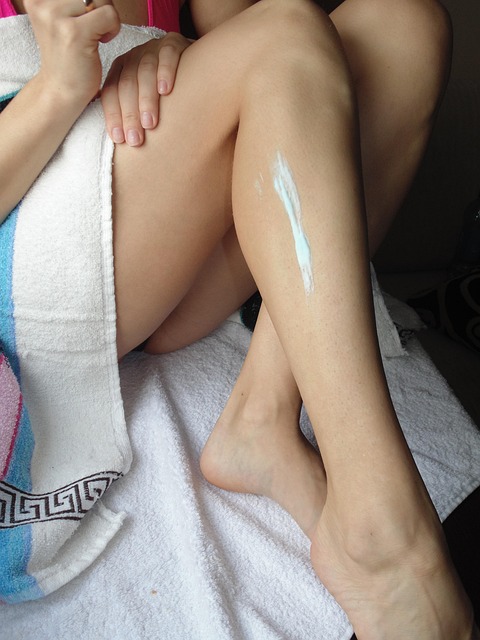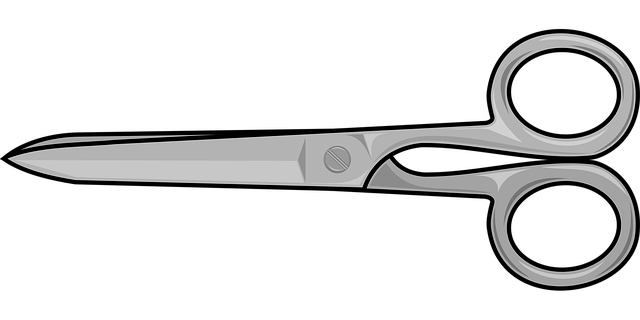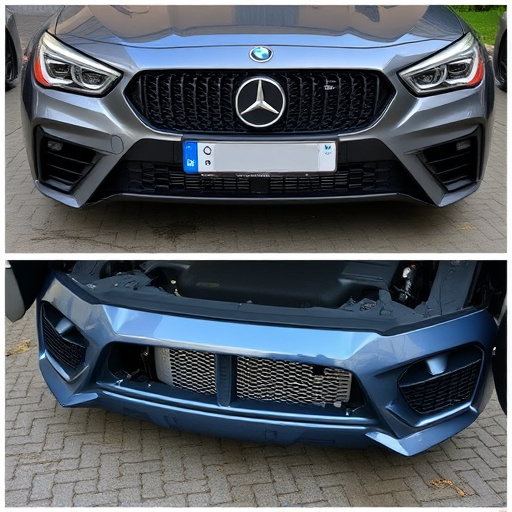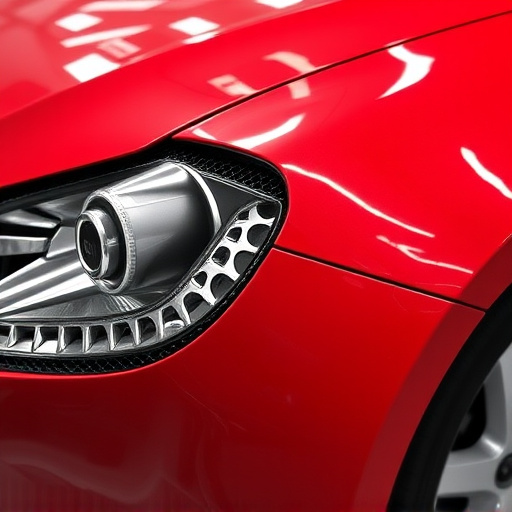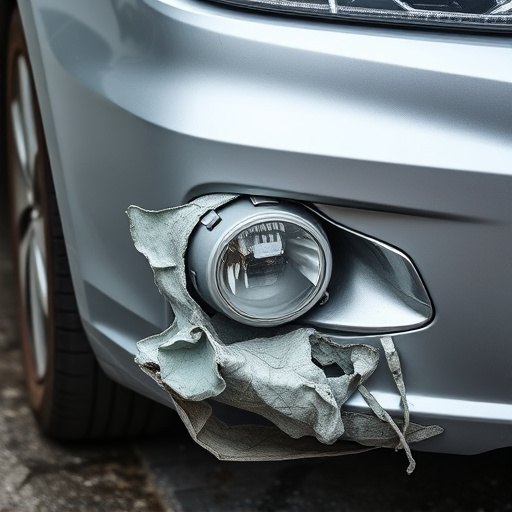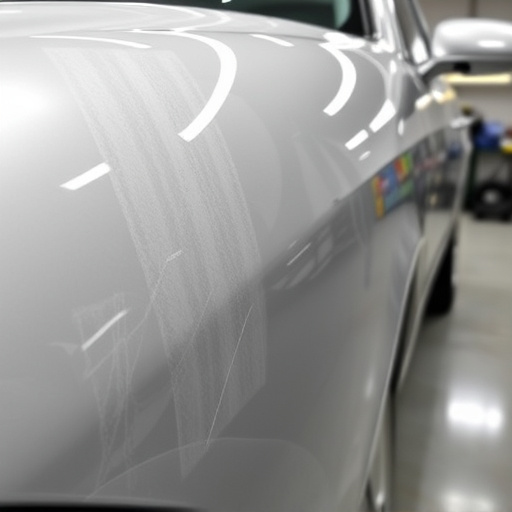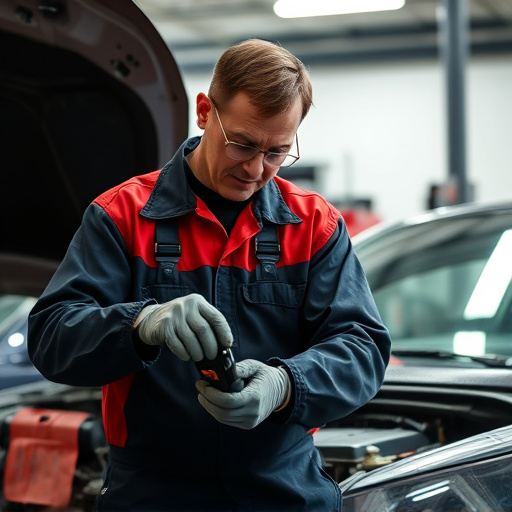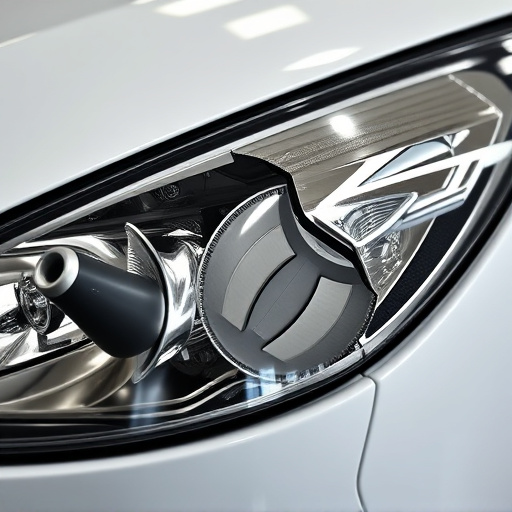Common fiberglass panel issues include impact damage and moisture intrusion, requiring DIY repairs for both cosmetic and structural integrity. Before repairing, gather tools like grinders, body filler kit, protective gear, and a clean workspace. For minor dents, use dent puller tools; for cracks, remove loose fiberglass, clean, fill with repair compound, dry, sand, prime, and paint to achieve seamless finish.
Looking to tackle your own fiberglass panel repair? You’re not alone. Many homeowners are discovering the benefits of DIY projects, especially for common damages like cracks, holes, and delaminating surfaces. This comprehensive guide breaks down the process into simple steps, empowering you with the knowledge and tools needed to successfully repair your fiberglass panels. From understanding damage causes to gathering essential supplies, we’ve got you covered.
- Understanding Fiberglass Panel Damage and Causes
- Gathering Essential Tools and Materials
- Step-by-Step Guide to Effective Repairs
Understanding Fiberglass Panel Damage and Causes
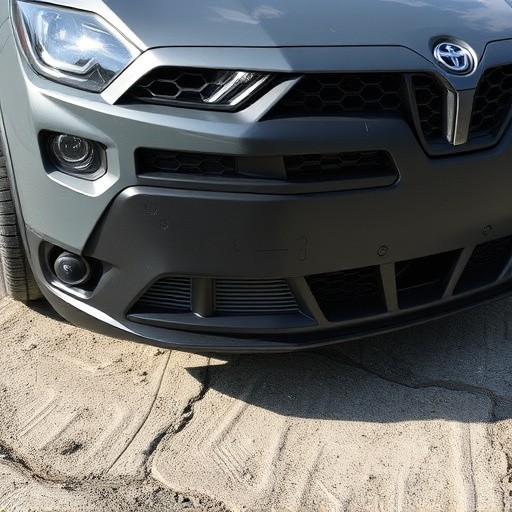
Fiberglass panel damage can occur due to various factors, often requiring DIY repairs for both aesthetic and structural reasons. Understanding common causes is key to effective fiberglass panel repair. One of the primary culprits is impact damage, such as dents or scratches, which can weaken the panel’s integrity. These may result from minor accidents, like parking lots bumps or stone chips, or more severe incidents involving collisions or significant debris.
Another frequent issue is moisture infiltration. Moisture can cause fiberglass panels to become brittle and susceptible to further damage. This often happens due to poor sealing during installation or subsequent exposure to rain or humidity. In car bodywork, for instance, improper paintless dent repair techniques or collision repair practices can introduce water into the fiberglass matrix, leading to delaminating and cracking over time.
Gathering Essential Tools and Materials
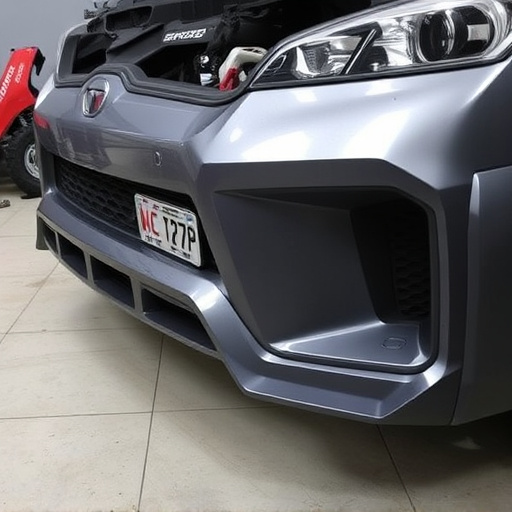
Before tackling any fiberglass panel repair project, it’s crucial to gather all the essential tools and materials. This includes a variety of specialized equipment designed for precise and effective dent removal and shaping. For instance, consider a set of lightweight grinders with various disc sizes, ideal for smoothing out irregularities in the panel while minimizing material loss. Additionally, a kit of body filler and a suitable hardener are must-haves; these products allow you to fill in cracks and damage, providing a solid foundation for subsequent auto painting steps.
Don’t forget protective gear such as gloves, safety glasses, and a respirator mask to shield yourself from debris and chemical fumes. A clean, well-lit workspace is also essential for achieving the best results in your fiberglass panel repair. Ensure all tools are in good working order and that you have enough material on hand to complete the job without needing to make frequent trips to the store—a key aspect of successful car body repair DIY projects.
Step-by-Step Guide to Effective Repairs
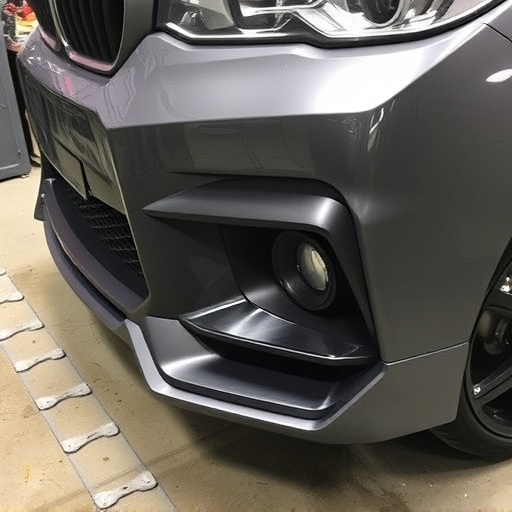
When it comes to repairing fiberglass panels, whether on your boat, vehicle, or other recreational gear, a step-by-step approach ensures precision and long-lasting results. Start by assessing the damage – is it a small dent or a larger crack? For minor dents, use a dedicated dent puller tool to gently press out the imperfection, ensuring you apply even pressure. This simple technique can often restore a panel’s original shape without leaving visible marks.
For deeper cracks or more complex repairs, prepare your workspace by laying down drop cloths and donning protective gear. Next, carefully cut away any loose fiberglass using a sharp blade. Clean the area thoroughly with a degreaser to ensure better adhesion for your repair compound. Apply the compound using a putty knife, filling in the crack and smoothing it out. Allow it to dry completely, then sand the repaired area gently until smooth. Finally, apply a suitable primer and paint to match the surrounding fiberglass, ensuring a seamless finish that’s as good as new. These steps are the foundation for effective fiberglass panel repair, be it on your car (vehicle dent repair) or other projects.
Whether you’re repairing a damaged fiberglas panel on your boat, RV, or even your home, with the right tools, materials, and knowledge, DIY repairs can be both cost-effective and rewarding. By understanding common causes of fiberglass damage and following a structured approach, you’ll be well-equipped to tackle small-to-medium repair projects with confidence. Remember, proper preparation and attention to detail are key to achieving long-lasting results. Now, get ready to dive into the world of DIY fiberglass panel repair!
